On December 19, 2014, the Sun emitted an X1.8-class solar flare, peaking at 7:24 p.m. EST. NASA’s Solar Dynamics Observatory captured stunning images of this powerful radiation burst. While such flares do not directly harm humans on Earth, their intensity can disrupt GPS and communication signals in the atmosphere’s upper layers. For real-time updates and impacts, NOAA’s Space Weather Prediction Center provides forecasts and alerts.
-
Red Dwarf Star’s Superflares Challenge Understanding of Stellar Activity
In April 2014, a red dwarf star within the binary system DG Canum Venaticorum (DG CVn), located approximately 60 light-years away, exhibited a series of powerful superflares. These eruptions were up to 10,000 times more energetic than the largest solar flare ever recorded from our Sun. The star’s rapid rotation, completing a full turn in less than a day, is believed to contribute to its intense magnetic activity, leading to such massive flares. This observation challenges previous assumptions that major flaring episodes from red dwarfs lasted no more than a day, as Swift detected at least seven powerful eruptions over about two weeks.
-
Solar Storms: Key Questions to Ask Your Power Company About Preparedness
Solar storms, originating from the Sun’s eruptions, can significantly impact Earth’s technological infrastructure. These events, including solar flares and coronal mass ejections, emit charged particles that interact with Earth’s magnetic field, potentially disrupting power grids, communication systems, and satellites. The 1859 Carrington Event, the most powerful recorded solar storm, caused widespread telegraph failures and auroras visible near the equator. Today, a similar event could lead to economic damages up to $2 trillion in the first year alone.
To mitigate these risks, it’s crucial to assess the resilience of our power infrastructure. Engaging with local power companies about their preparedness for solar storms is a proactive step. Inquiring about their strategies to maintain electricity during such events can provide insight into the robustness of our energy systems.
Understanding the science behind solar storms is also essential. These phenomena are part of the Sun’s natural activity cycle, which peaks approximately every 11 years. During these peaks, the likelihood of solar storms increases, necessitating heightened awareness and preparedness.
In summary, while solar storms pose a significant threat to modern technology, proactive measures and informed discussions with power providers can enhance our resilience against these natural events.
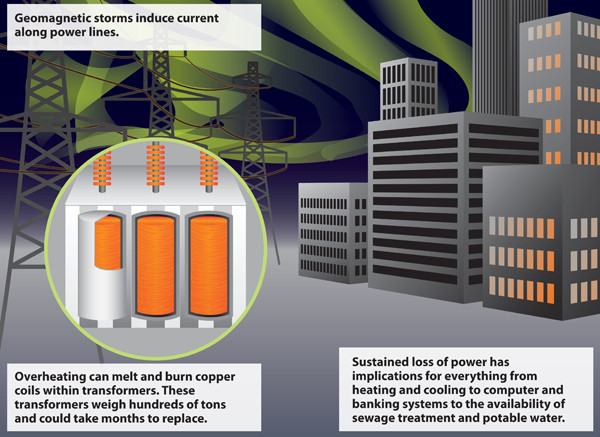
-
STEREO-B Captures Solar Eruption on the Far Side of the Sun
NASA’s Solar Terrestrial Relations Observatory (STEREO-B) captured a bright eruption of solar material surging into space from the far side of the Sun. The inner image of the Sun, provided by NASA’s Solar Dynamics Observatory (SDO), offers additional detail. The video showcases a time-lapse of the event, followed by a slowed-down version, looping five times to highlight the dynamics of the eruption.
-
Solar Flares on Solar Alert App
Images of the solar flare of type X obtained from Solar Alert App.
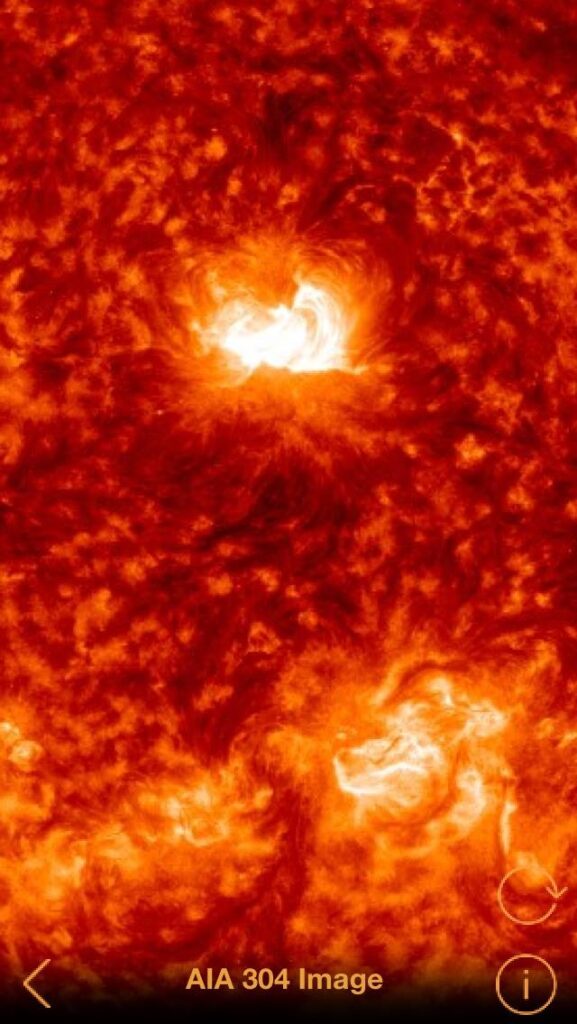
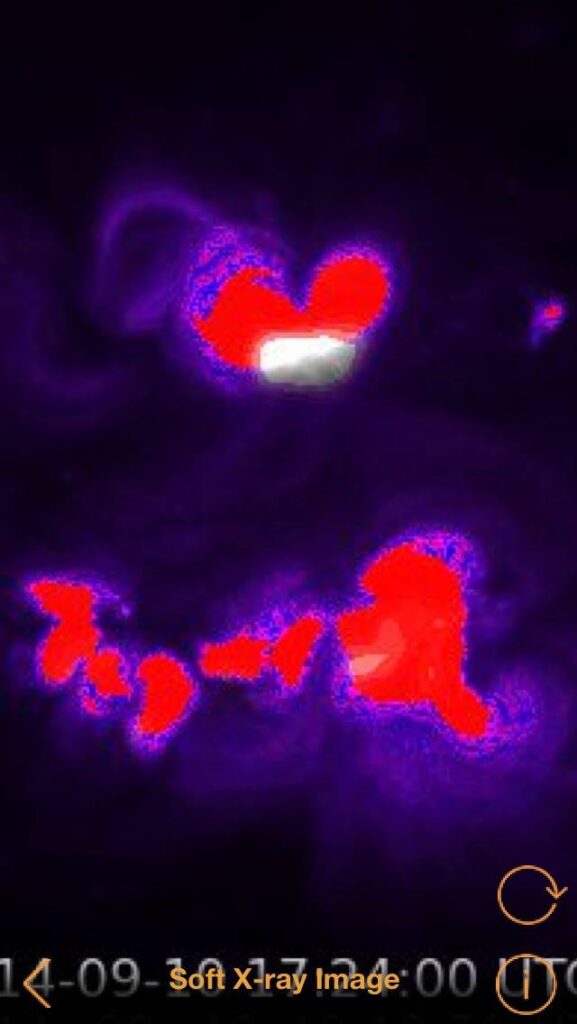
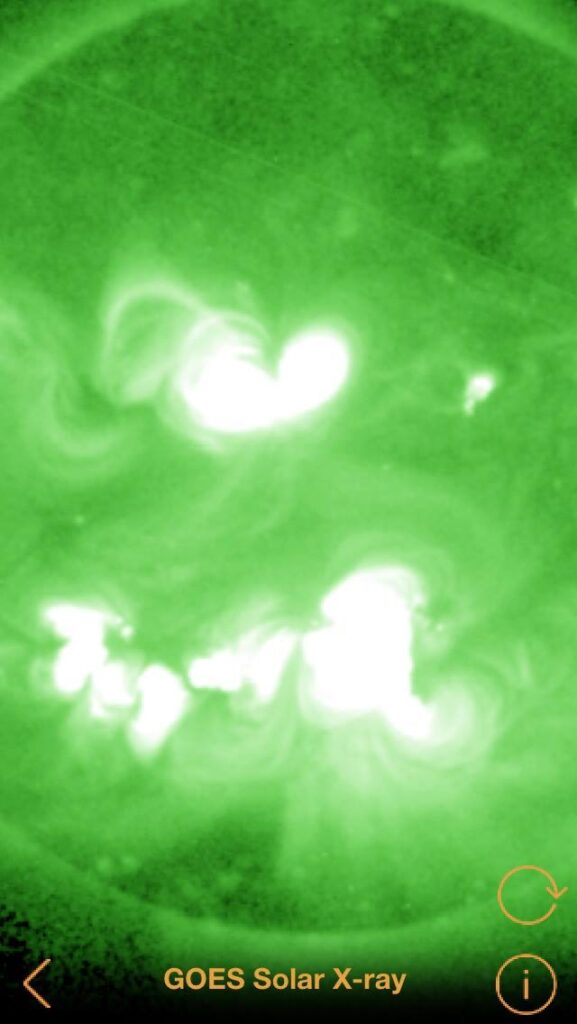

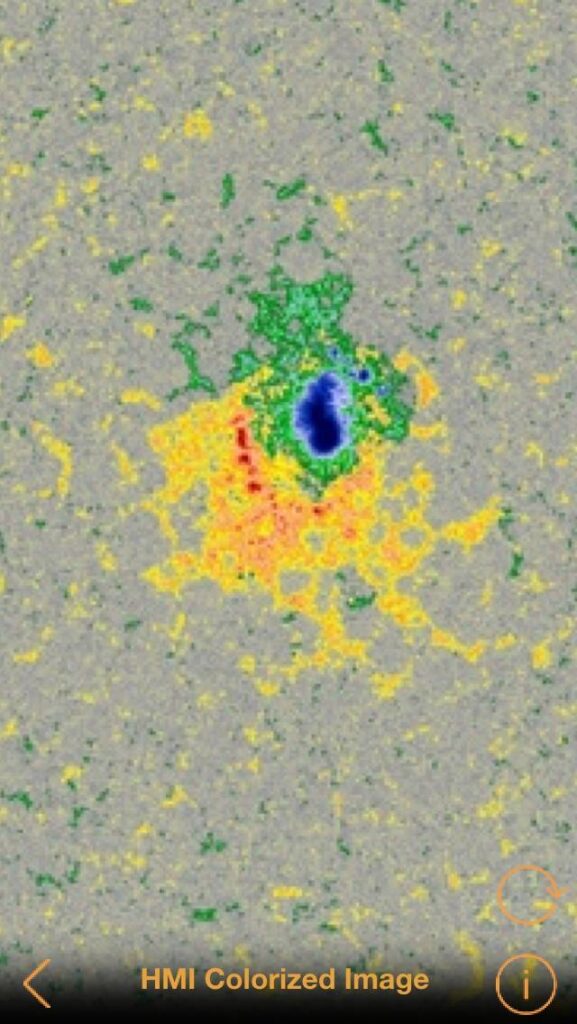
Download: https://itunes.apple.com/us/app/solar-alert-protect-your-life/id513766293?ls=1&mt=8
-
Auroras Available on Solar Alert App
Auroral Images Captured Worldwide Now Available on Solar Alert App.
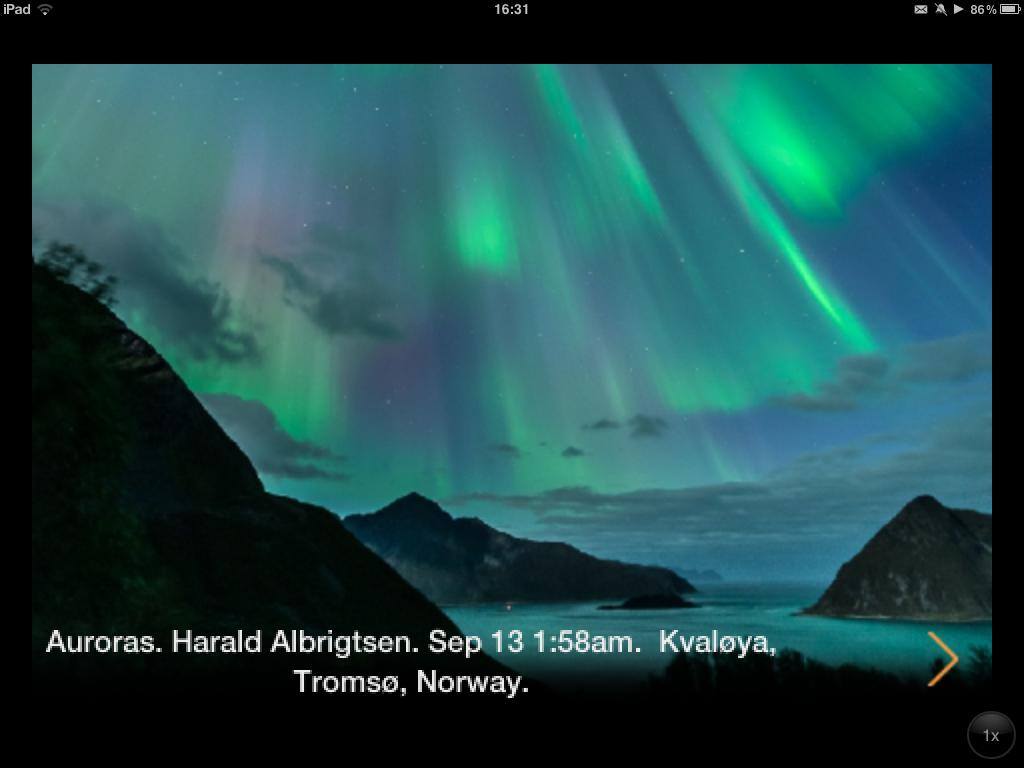
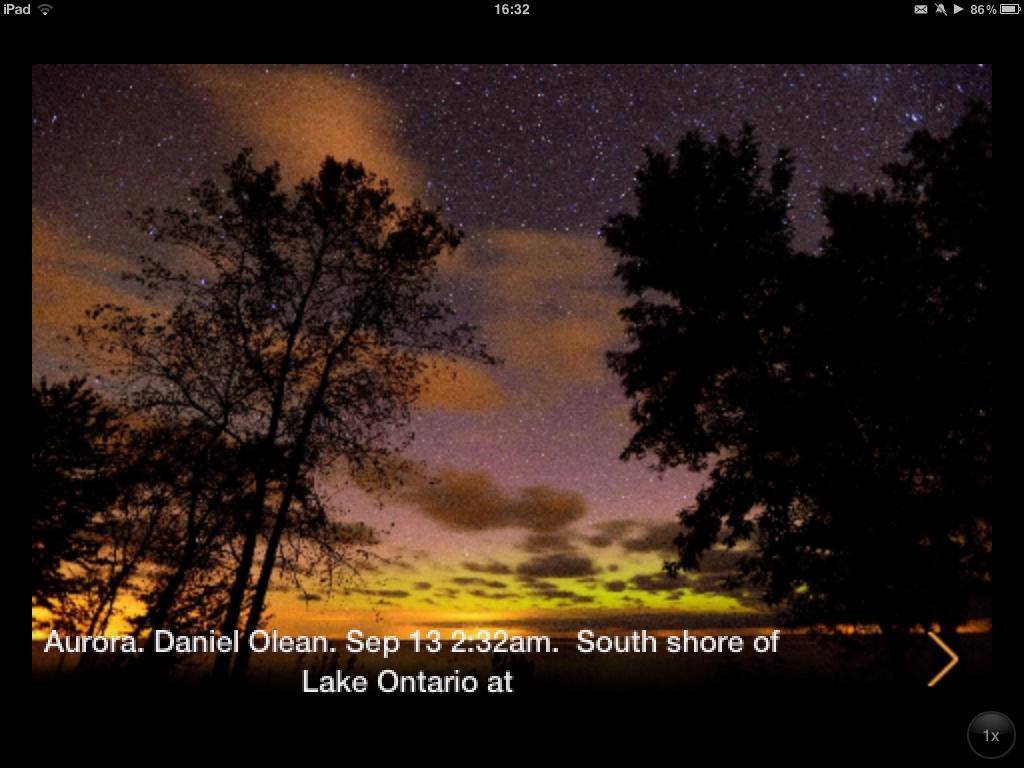
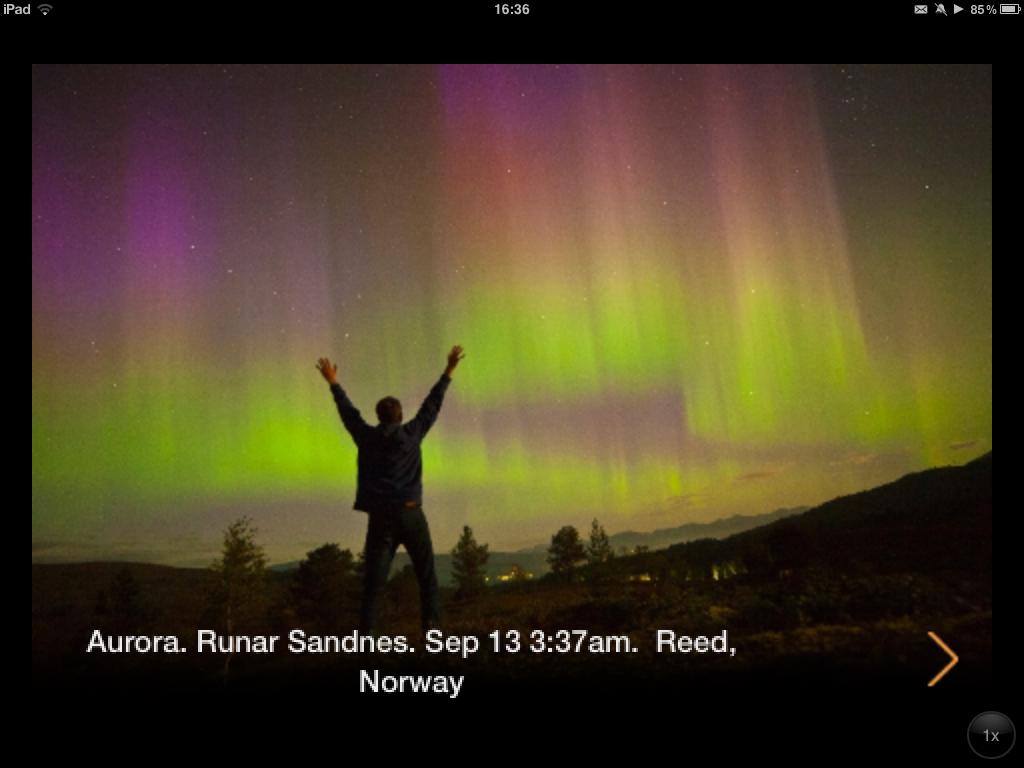


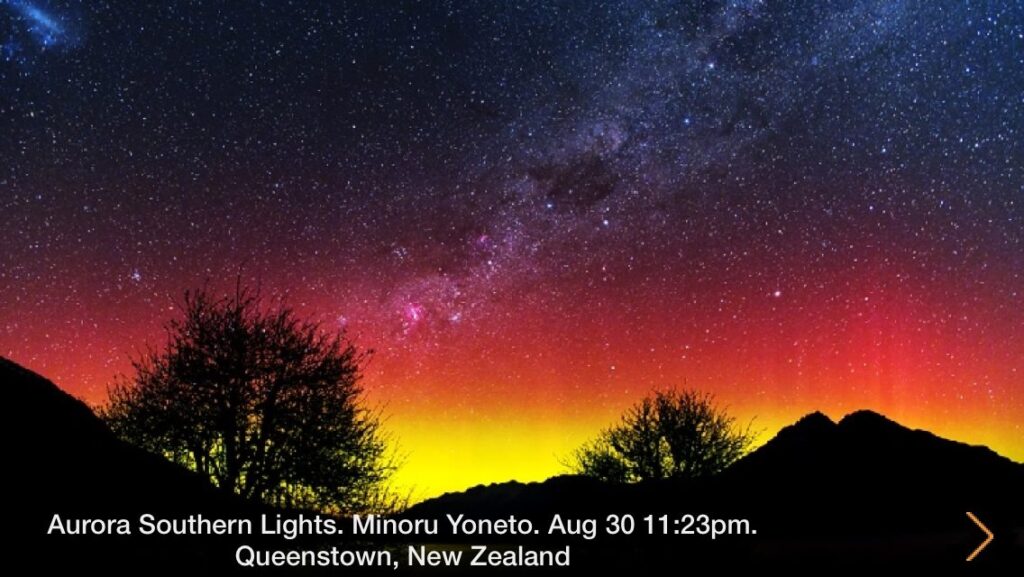
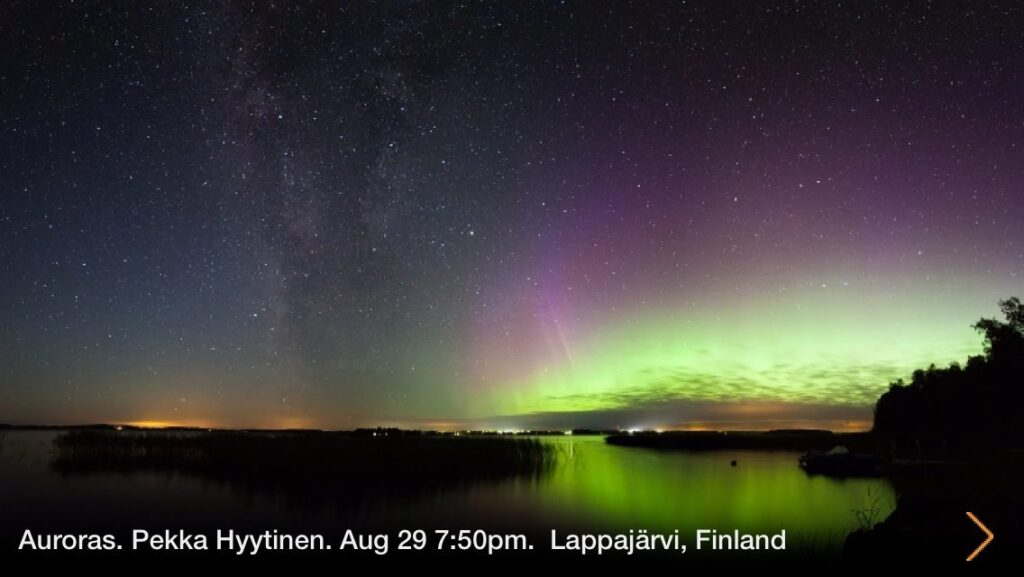
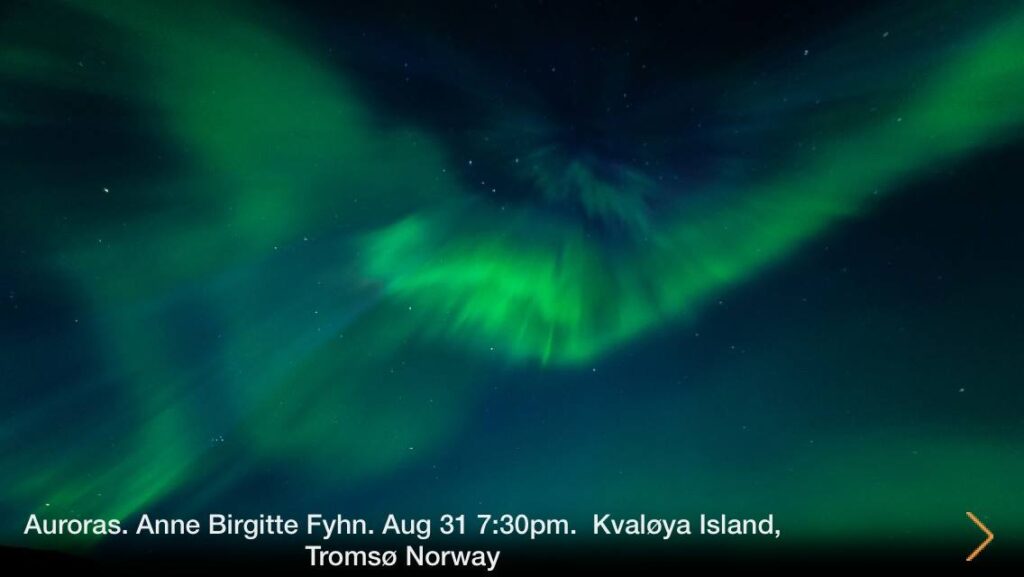
Download: https://itunes.apple.com/us/app/solar-alert-protect-your-life/id513766293?ls=1&mt=8
-
NASA and ESA Capture M5.6-Class Solar Flare and Coronal Mass Ejection
NASA’s Solar Dynamics Observatory (SDO) captured an M5.6-class solar flare in multiple wavelengths, providing detailed insights into the event. Simultaneously, the NASA/ESA Solar and Heliospheric Observatory (SOHO) observed the wide-scale effects, including the resulting coronal mass ejection (CME). These combined observations help scientists better understand solar flares and their potential impacts on Earth’s space weather.
-
Massive Solar Flare and Eruption: Understanding the Sun’s Colossal Energy Releases
On August 31, 2012, a massive solar prominence erupted from the Sun’s corona, launching solar material into space. Solar flares, such as this, are intense energy releases from the Sun’s surface, capable of emitting up to 6 × 10²⁵ joules of energy—equivalent to 160 billion megatons of TNT. Often accompanied by coronal mass ejections (CMEs), these events eject clouds of charged particles, including electrons, ions, and atoms, which typically reach Earth within one to two days. Such solar activity has the potential to disrupt Earth’s communication systems, satellites, and power grids.
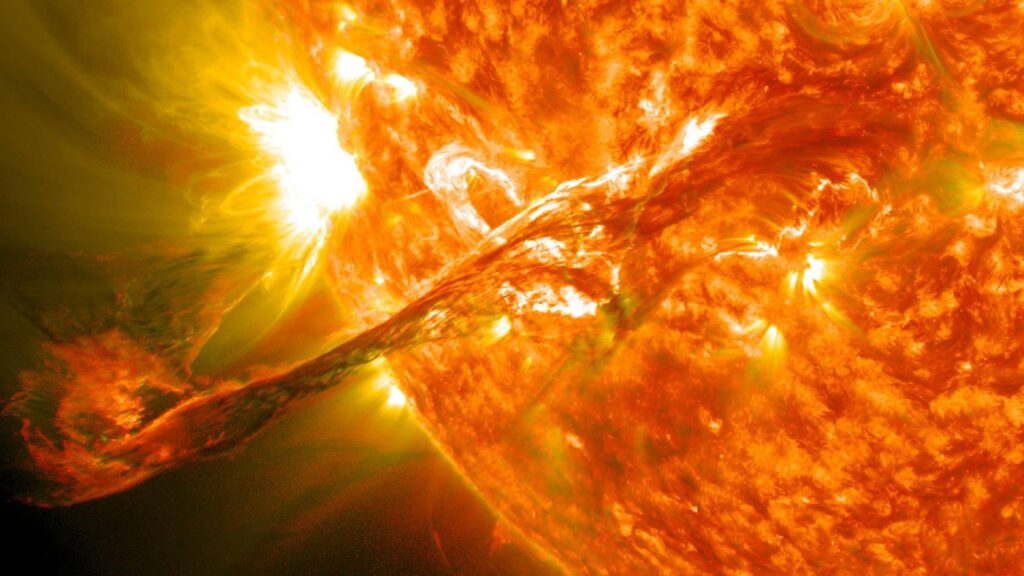
Source: https://svs.gsfc.nasa.gov/4909
-
Preparing for the Next Big Solar Storm: Understanding the Risks and Mitigation Strategies
In August 2014, the Insurance Journal highlighted the significant threat posed by solar storms to Earth’s infrastructure. Solar storms, caused by eruptions from the Sun, can lead to geomagnetic disturbances on Earth, potentially disrupting power grids, communication systems, and other critical technologies. The article emphasizes the importance of preparedness and the need for robust infrastructure to mitigate the potential impacts of such space weather events.

-
Solar Super-Storms: An Inevitable Threat to Earth’s Infrastructure
In August 2014, the University of Bristol highlighted the catastrophic threat posed by solar ‘super-storms’ to Earth’s infrastructure. Ashley Dale, a PhD student in Aerospace Engineering and member of the international task force SolarMAX, emphasized that it’s only a matter of time before a violent solar storm impacts Earth. Such an event could disrupt communication systems, power supplies, and vital services like transport, sanitation, and medicine. Dale advocates for advanced space-weather forecasting, proposing a network of satellites to provide early warnings, allowing for protective measures to mitigate the storm’s impact.
